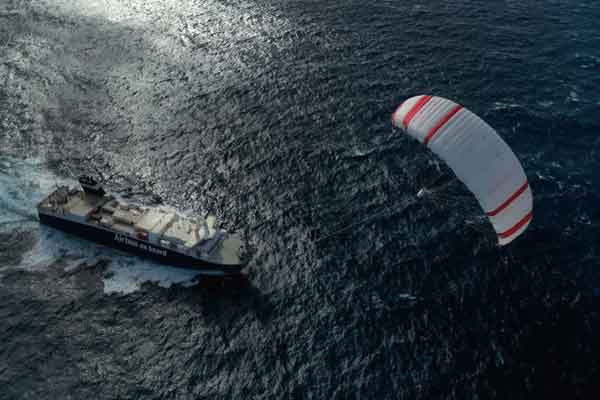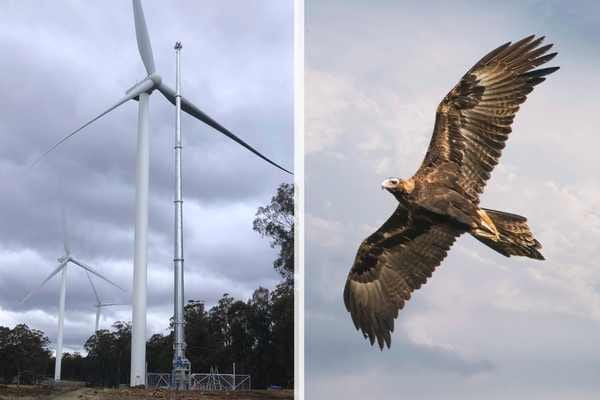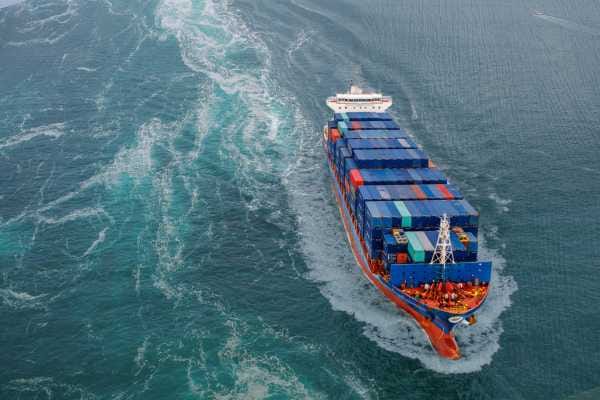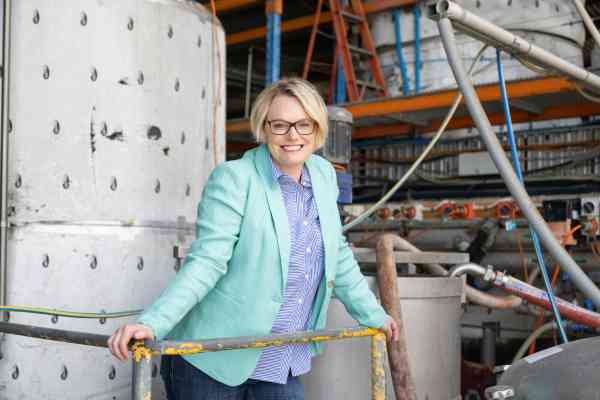Kite power for cargo ships
Giant kites to serve up a sea change in the carbon-hungry shipping industry.

Giant kites to serve up a sea change in the carbon-hungry shipping industry.
Wind propulsion is shaping up as a potential game changer for commercial shipping and the Seawing (effectively a huge kite) is already being put through its paces on the high seas.
It was developed by French company Airseas, founded in 2016 by aeronautical engineers from French aerospace company Airbus, resulting in kite tech that bridges both aeronautics and maritime technology.
The shipping industry currently produces almost 3 per cent of all global greenhouse gas emissions, according to the International Maritime Organisation. So instead of waiting for alternative fuels to be developed, the industry is looking to aerospace and wind propulsion tech that can be retrofitted to boost the carbon-friendly credentials of existing vessels.
Airseas recently reached an important technical milestone in this regard, with a successful trial of the Seawing on the vessel Ville de Bordeaux which is travelling between France and the US.
This demonstrated that Seawing could provide enough traction to help cargo ships reduce fuel consumption, and cut carbon emissions by on average 20 per cent.
Inspired by aerospace technology
The Seawing system is based on completely new technology developed from expertise in flight control and automation from the aerospace sector.
“Until now, we had validated the take-off, ascent, descent and landing phases of the wing,” Project Manager Mathieu Reguerre says.
“During this latest phase, we managed to lower the wing on the horizon to enable the kite to deliver traction that would help propel the vessel.”
Ongoing sea trials are testing the Seawing on real-life commercial voyages across the Atlantic Ocean.
Automated flight control
“It is the very purpose of the Seawing to provide traction to ships, Airseas’ Co-Founder and CEO Vincent Bernatets says.
“Being able to demonstrate that for the first time is extremely exciting.”
The final product is expected to function with a high level of automation, flying in figure-of-eight patterns 300 meters above sea level to multiply the traction force.
Airseas says it plans to have the technology fully operational by the end of 2025 with pre-orders already in place from partners Airbus and Japanese shipping company K Line.
Seawing has received co-funding from the EU as part of the seawing4blue project to help scale break-through sustainable alternatives to fossil energy in the shipping industry.
Other wind-powered shipping technologies in the pipeline include the Swedish Oceanbird being developed by Wallenius Marine and the Neoliner from French start-up NEOLINE Armateur.
"It is the very purpose of the Seawing to provide traction to ships. Being able to demonstrate that for the first time is extremely exciting."
The tech
The Seawing comprises a 1,000-square-metre kite that flies about 300 meters above the water’s surface. The kite is a parafoil (like a kitesurfer’s wing) and can be launched autonomously via an umbilical cable. It flies in figure-of-eight loops to multiply the pulling effect and is controlled by autopilot software from a control panel located on the bridge.
Who funds it
Airseas is an Airbus startup and has received funding from the EU as part of the seawing4blue project and Agence de la Transition EcologiqueIs.
Is it ready to roll
The Seawing is being tested on commercial voyages with plans to be fully operational in 2025 and a Seawing factory opening in 2026.





